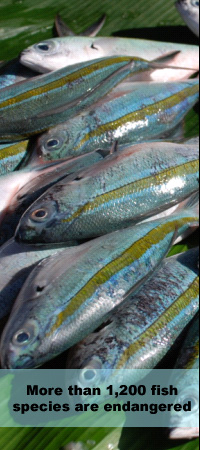|
Bony fishes (Class Osteichthyes)
Bony fishes are often considered "true" fish. This group contains the vast majority of extant species with over 20,000 and also most of the fish we are familiar with, such as snapper, groper, and trout.
Bony fishes have a bony skeleton, paired fins, and a single pair of external gill openings. The mouth is generally at the front of the body and they have a tail fin, with the top and bottom portions nearly the same size. They also have teeth that are fixed onto the upper jaw. They have a swim bladder (an air filled sac that helps them with buoyancy) that opens into the gullet. Bony fish do not have to swim to breathe (to push water through the gills).
Ray-finned fishes (Class Actinopterygii)
The ray-finned is the largest and most diverse group of fishes This class includes the primitive ray-finned bony fishes (Chondrostei): sturgeons, paddlefish, and bichirs, the intermediate ray-finned fishes (Holostei or Neopterygii): gars and the bowfin, and the advanced bony fishes (Teleostei or Neopterygii): herring, salmon, and perch.
The main traits, which may be absent in some species, are:
Bony skeleton
Highly derived skeleton of the skull and the tail, allowing for protrusion of the jaws and flexible caudal fins, respectively
Fins usually are supported by rays
Scales, if present, are ganoid, cycloid or ctenoid. There is no spiracle
Interopercle and branchiostegal rays are usually present
Swim bladder
Nostrils are relatively high up on the head
Life history and decline of groupers and wrasses
Groupers and wrasses are largely dependent on rocky and coral reefs. Many are long-lived and slow-growing. The larger species of groupers and wrasses usually aggregate to spawn for short periods and at specific locations each year. The practice of targeting spawning aggregations, both in the western tropical Atlantic and the Indo-Pacific is considered to be a particular threat because such aggregations evidently represent all annual reproductive activity. These aggregations are vulnerable bottlenecks in the life history of many species and need to be protected or managed.
Despite the fact that most species produce large numbers of eggs each year, rates of population growth are slow, and evidence is growing that many species can only withstand light levels of fishing pressure. The high value of many species, however, makes them a particularly appealing target.
Fishing is not only directed towards adults, juveniles are also taken as ornamentals and for mariculture. Indeed, in Southeast Asia, millions of juveniles are targetted annually to supply the mariculture industry. Many species, even those not currently under pressure from directed fishing efforts, are threatened or near-threatened based on the IUCN criteria on endangered species (IUCN 2007).
A reef fish spawning aggregation is a grouping of a single species of reef fish that has gathered together in greater densities than normal with the specific purpose of reproducing.
The best-known examples are certain species of grouper and snapper, although there are also surgeonfish, rabbitfish, parrotfish, wrasse and others that form them. There is a great deal of variability among different species in the dynamics of aggregation formation. For instance, spawning aggregations of some small wrasses may consist of just ten individuals spawning close to their normal home range on the reef, while those of some large groupers consist of tens of thousands of fish that may have traveled over one hundred kilometers to the aggregation site on a particular reef.
Continue on page 5
|
|
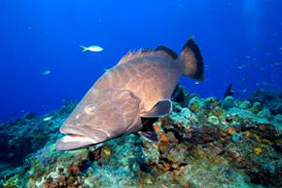
The black grouper (Mycteroperca bonaci) is a highly commercial fish found in the topics © 2006 Paddy Ryan
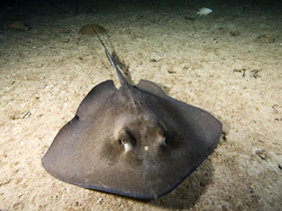
The southern stingray (Dasyatis americana) is common in bays and estuaries of the subtropical waters
© 2006 Paddy Ryan
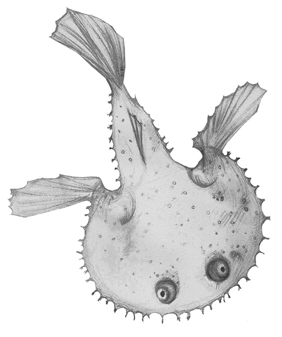
An anglefish (Linophryne arbo)
© Endangered Species International
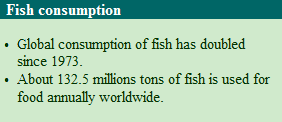
|

